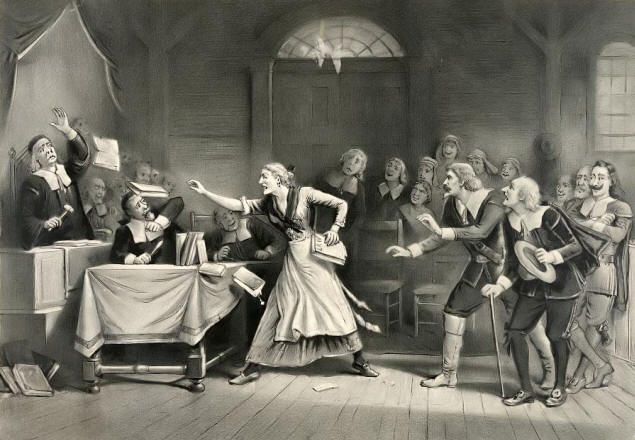The introduction should start with a
general discussion of your subject and lead to a very specific statement of
your main point, or thesis. Include title and author of primary texts. The
thesis should tell in one (or at most two) sentence(s), what your overall point
or argument is, and briefly, what your main body paragraphs will be about
Conclusion…NO QUOTES
Your
conclusion begins with a restatement of your main point; but be sure to
paraphrase, not just repeat your thesis sentence. Tie your main points together
about the issues and primary texts you wrote about in your paper.
ANSWER
THE ESSAY QUESTION!
You need to include in text quotations and
citations from whatever primary texts you are discussing and TWO OUTSIDE
SOURCES!
Make a connection between the outside source you
are using and your thesis and primary text.
Do not retell the story! Analyze and explain your
thesis (which is your main point).
ONLY USE RELEIABLE OUTSIDE SOURCES! Do not copy and
paste or simply change a few words around from an unreliable source. If it was
easy for you to find information to copy and paste from the internet, it’s just
as easy for me to find it.
Make sure you get the character’s names right, as
well as the author. It comes off as sloppy if you mix up characters or what
author wrote what.
Read over your work. Have someone else read over
your work. If I wrote on your paper to get help from The Learning Center, do
it! Take your paper with you and they can help you out.
“Short Stories” (Quotation Marks)
Novels,
Plays and Films (Italics)
How to cite web article on Works Cited:
Author’s last name, first name. “Title of Article.”
Title of webpage. Date it was written. Web.
Today’s date.
Bernstein, Mark. "10 Tips on Writing the
Living Web." A List Apart: For People Who Make
Websites. A List Apart Mag., 16
Aug. 2002. Web. 4 May 2009.



